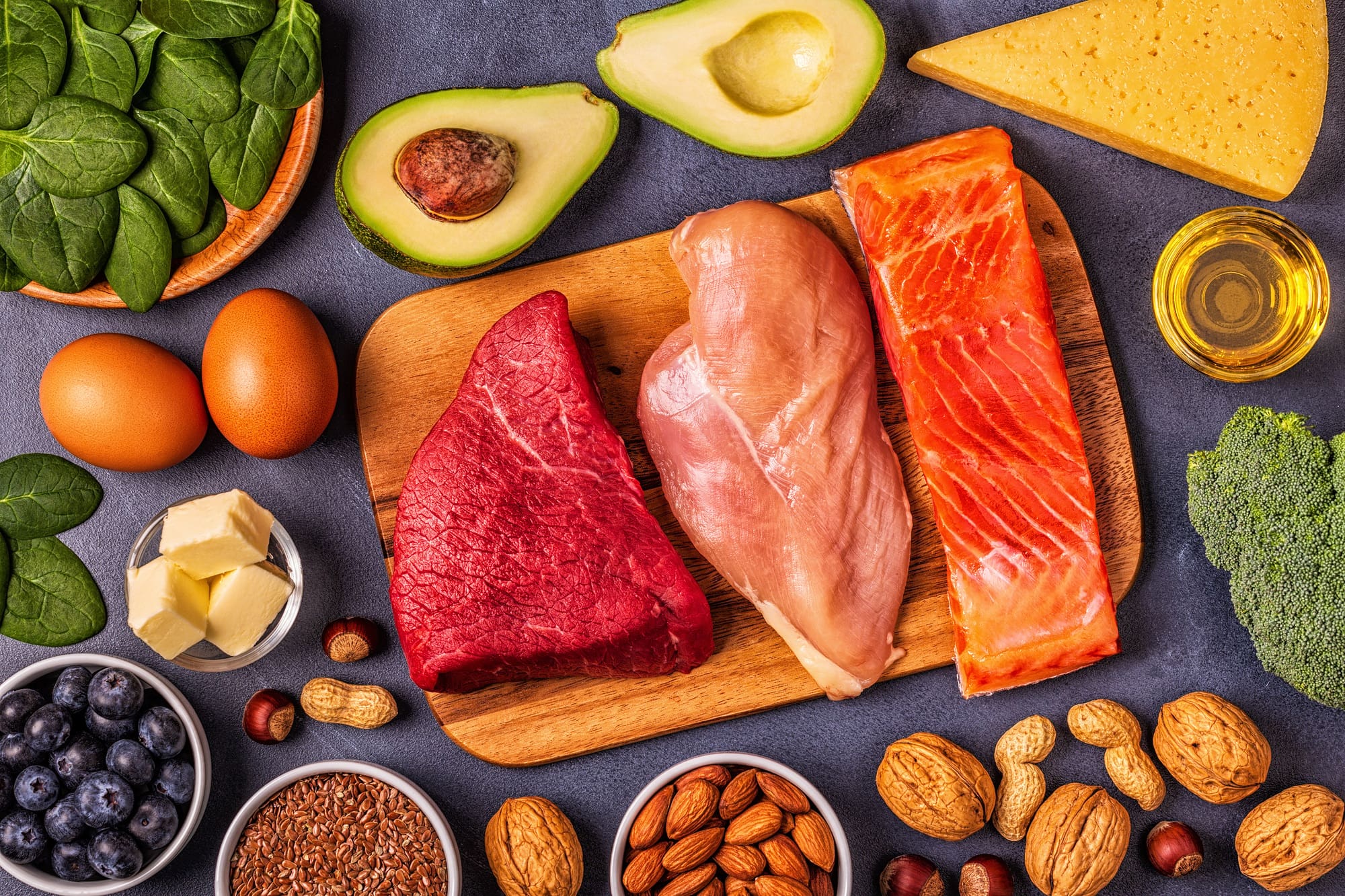Many of us grew up hearing that “carbs are the enemy” when trying to lose weight. Yet carbohydrates are your body’s preferred fuel source, and eliminating them entirely can lead to fatigue, mood swings, and nutrient gaps. The real key lies in choosing the right carbs—those that release energy slowly, curb cravings, and help you maintain a healthy weight. Enter the Glycemic Index (GI): a simple tool to help you sort fast‑burning carbs from those that keep you fuller, longer. In this post, we’ll demystify GI, explain why it matters for weight management, and share practical tips for integrating low‑GI choices into your daily meals.
What Is the Glycemic Index (GI)?
The Glycemic Index ranks carbohydrate‑containing foods on a scale from 0 to 100 based on how quickly they raise blood sugar levels.
Low GI (55 or less): Foods that cause a gradual rise in blood sugar.
Medium GI (56–69): Foods with a moderate effect.
High GI (70 and above): Foods that spike blood sugar rapidly.
High‑GI foods—think white bread, instant rice, candy—are digested quickly, leading to blood sugar surges followed by sharp crashes. These crashes can trigger hunger pangs, mood dips, and energy slumps. Low‑GI foods—such as oats, legumes, and most fruits—digest slowly, providing steady energy and helping you feel satisfied between meals.
Why GI Matters for Weight Management
Appetite Control: By slowing digestion, low‑GI carbs keep you feeling full longer, reducing overall calorie intake without forcing strict portion control.
Stable Energy: No more mid‑afternoon sugar crashes. Sustained blood sugar levels translate to consistent energy for work, workouts, and daily life.
Fat Storage Prevention: Frequent blood sugar spikes can lead to excess insulin, which promotes fat storage—particularly around your midsection. Choosing low‑GI carbs helps keep insulin in check.
Craving Reduction: Rapid drops in blood sugar often drive cravings for sweets or high‑fat snacks. Low‑GI eating smooths out those fluctuations, making it easier to resist impulse munching.
Glycemic Load: Putting GI into Portion Perspective
While GI measures how quickly a food raises blood sugar, it doesn’t account for the amount of carbs you eat. That’s where Glycemic Load (GL) comes in. GL multiplies a food’s GI by its carbohydrate content per serving, then divides by 100:
GL = (GI × carbs in grams per serving) ÷ 100
For weight management, aim for meals with a combined GL under 120 per day, or individual foods with a GL under 10. This dual approach—GI plus GL—gives you a clearer picture of how meals affect your blood sugar.
Top Low‑GI Foods to Stock Your Pantry
Meal Planning Tips for Low‑GI Success
Combine Macros: Pair carbohydrates with protein and healthy fats to slow digestion further. For example, top your oatmeal with nut butter and berries rather than brown sugar alone.
Swap Smartly: Replace white rice with quinoa or barley, white bread with sprouted‑grain bread, and potatoes with sweet potatoes or cauliflower rice.
Portion Awareness: Even low‑GI carbs can add up. Measure out servings until you learn to eyeball proper portions.
Batch Cooking: Cook a big pot of lentil chili or barley salad on the weekend. Portion into single‑serve containers for grab‑and‑go lunches.
Snack Savvy: Reach for apple slices with almond butter, carrot sticks with hummus, or a small handful of nuts instead of chips or crackers.
Cooking Techniques That Lower GI
Al Dente Pasta: Cooking pasta so it’s firm to the bite (al dente) keeps its GI lower than overcooked, mushy noodles.
Cool and Reheat: Cooking and cooling starchy foods (like potatoes or rice) creates “resistant starch,” which your body digests more slowly, effectively lowering the GI.
Add Acid: A splash of vinegar or lemon juice in a dish can slow stomach emptying, blunting blood sugar spikes.








Leave a Reply